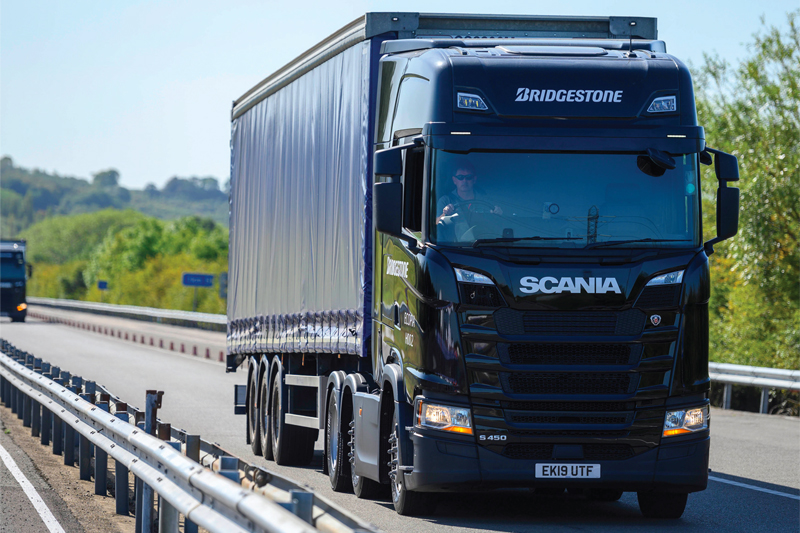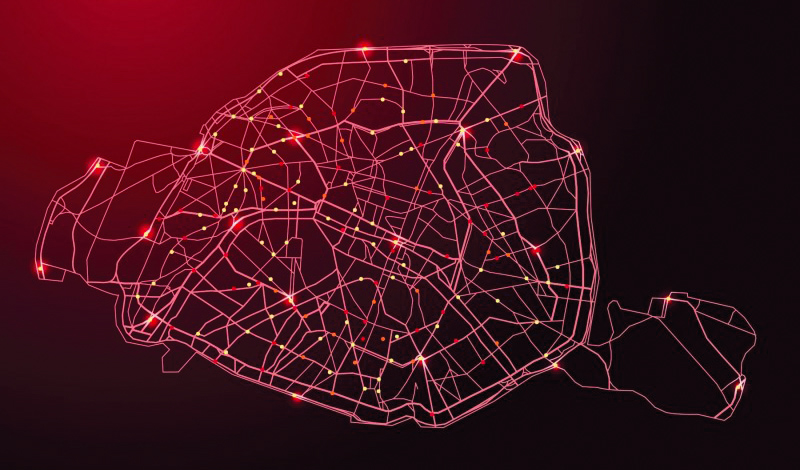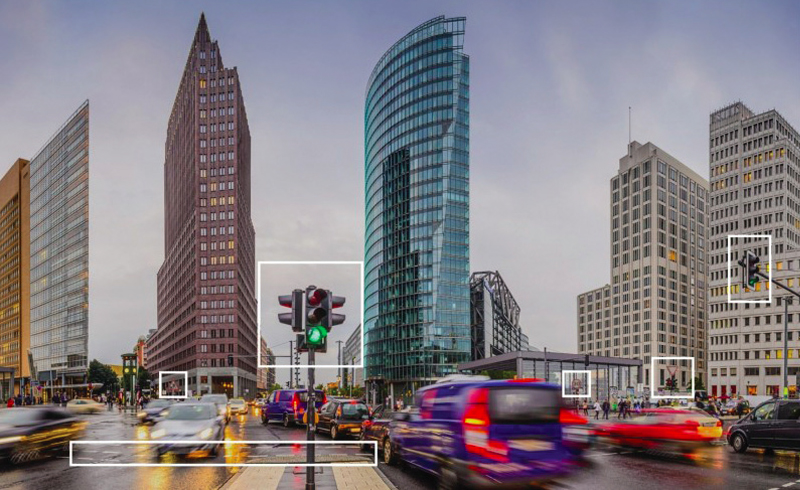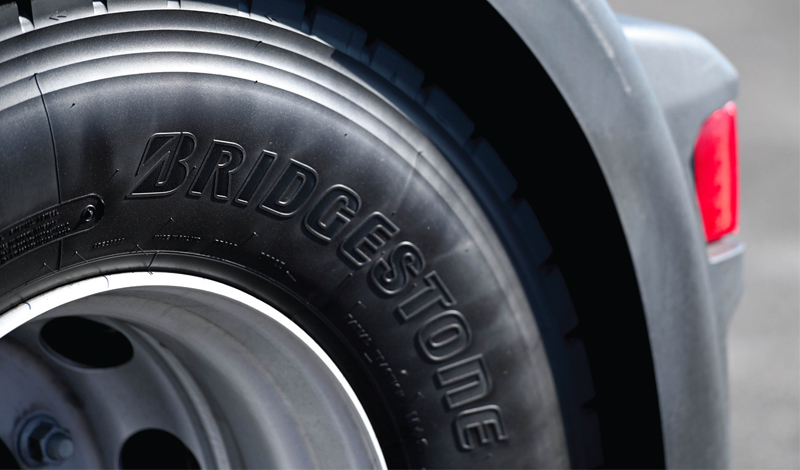
There is a growing move towards harnessing the power of connected vehicle data and combining it with artificial intelligence to provide insights that aid fleet management. CVW looks at Bridgestone Road Conditions (BRC), the latest product from Bridgestone Mobility Solutions which it claims could cut road deaths.
Bridgestone believes that advanced data solutions such as BRC can play a significant role in increasing road and driver safety and meeting the EU and UN targets of halving the number of road deaths by 2030. The severity of this issue is borne out by recent figures. Around 20,600 people were killed in road crashes in the EU last year, a 3% increase on 2021 as traffic levels recovered after the pandemic. In the UK the equivalent figure is 1,760 deaths.

The company argues that monitoring the roads and providing accurate feedback on their condition will make a substantial contribution to tackling the issue. Its first offering is BRC, a suite of solutions powered by artificial intelligence (AI). This employs data from connected vehicles to provide up-to-date insights on the state of roads and signage.
The suite, currently consisting of Road Damage Detection (RDD) and Road Asset Visualisation (RAV), uses anonymised and aggregated data provided by connected vehicles managed by Webfleet. Together these products can identify the location and severity of road damage, as well as visualise various road assets.
Bridgestone believes that this will enable traffic authorities to manage roads while also providing commercial fleets with up-to-date information on road conditions.
“Bridgestone Road Conditions can help increase road safety and comfort by providing real-time data insights on road damage that allow preventive road maintenance, infrastructure planning and optimised traffic flow,” explains Raghunath Banerjee, vice president of data solutions at Bridgestone Mobility Solutions.
“These advanced data solutions will play a fundamental role in the digital transformation of future mobility, enabling development of smart cities, mobility-as-a-service providers as well as connected and autonomous vehicles.”

Damage prevention
The Road Damage Detection product identifies road anomalies by analysing anonymised and aggregated data leveraged from connected vehicles that are equipped with fleet management software provided by Webfleet, Bridgestone’s telematics arm. Using sensors and vehicle data, this tool accurately determines the locations of road damage, such as potholes, cracks and patches.
The Artificial Intelligence (AI) algorithm enables the severity of road damage to be defined, helping drivers and fleet owners reduce the risk of accidents, as well as prevent damage to tyres and vehicles. Cities and road authorities can utilise these insights for preventive maintenance and infrastructure planning.
Edge of learning
The Road Asset Visualisation (RAV) product then refines this information by supplying intelligence on roads and infrastructure. It does this by analysing multiple connected vehicle sensors as well as camera data. It is able to do this thanks to what is called Edge AI – the type of artificial intelligence to be found on any device that uses video analytics. These range from smart speakers, smart phones, laptops, and robots to self-driven cars, drones, and surveillance cameras.

In the case of RVA, Edge AI is applied to vehicle-mounted cameras so they can process data directly on the device in real time, ensuring data privacy by uploading only anonymised data to the cloud for further analysis. This way, road assets and characteristics such as road signs, traffic lights and lane markings can be visualised and flagged if they are damaged, vandalised or blocked by vegetation.
Bridgestone Road Conditions is currently available in UK, Ireland, France, Spain, Portugal, Italy, Poland, Netherlands, Belgium, Germany, Switzerland and Austria.









